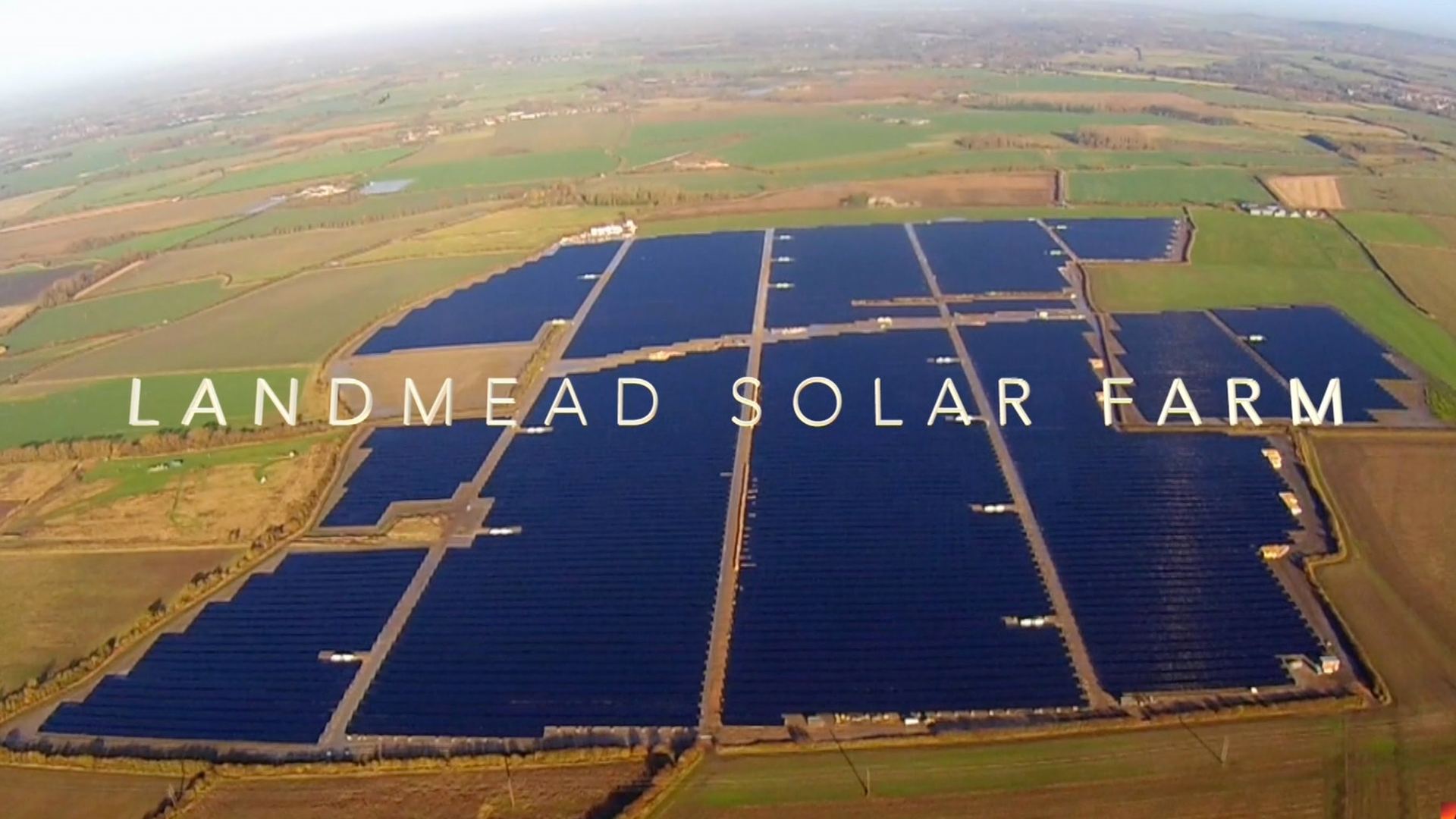News Article
ST Teams Up With Hynix On NAND Flash
Hynix Semiconductor and STMicroelectronics are to co-operate in the development and long-term supply of NAND flash memories. DRAM technology and low-cost production capability will come from Hynix. ST will supply broad system application capabilities and its customer base. Jointly developed products will be ready for mass production sometime in H2 2003 beginning with a 512Mbit device. The first products will be manufactured in Seoul, Korea, but the agreement includes provisions for mutual sourcing.
Hynix Semiconductor and STMicroelectronics are to co-operate in the development and long-term supply of NAND flash memories. DRAM technology and low-cost production capability will come from Hynix. ST will supply broad system application capabilities and its customer base. Jointly developed products will be ready for mass production sometime in H2 2003 beginning with a 512Mbit device. The first products will be manufactured in Seoul, Korea, but the agreement includes provisions for mutual sourcing.
NAND flash is a non-volatile memory used in high-density data storage applications such as mobile phones, digital cameras and MP3 players. ST already supplies NOR Flash memory.
NOR and NAND devices employ different memory-array architectures, resulting in very different application benefits.
NAND flash is a non-volatile memory used in high-density data storage applications such as mobile phones, digital cameras and MP3 players. ST already supplies NOR Flash memory.
NOR and NAND devices employ different memory-array architectures, resulting in very different application benefits.
The NAND memory cell is about 40% smaller than a NOR cell, which translates into a lower cost/bit. NAND devices are specifically optimised for sequential access, where large amounts of data are normally read out from sequential addresses.
The much faster random access times of the NOR architecture make it ideal for direct execution of program code.
Historically, NOR devices have dominated the market but now the NAND market is growing at a faster rate, fuelled particularly by the increasing demand for mobile multimedia features such as streaming video clips - the kind of data for which NAND memories are better suited.






























